Extract from our full 2024 forecasts and 2023 forecast review
Looking back at 2023
If last year presented sellers the chance to sell grains at high and, in many cases, record prices, 2023 has seen prices heading back towards more normal, long-term averages.
Early trading in 2023 saw futures in the likes of corn, rapeseed and wheat give up more of the ground gained in the spring 2022 price surge after Russia’s invasion of Ukraine – a major exporter of all three crops.
In fact, by the time of the anniversary of the February 2022 invasion, many grain markets had all but discounted it, leaving prices close to pre-conflict levels.
The creation, and three-times extension, of the UN-brokered Black Sea grain initiative, allowing safe passage for shipments from deep sea Ukrainian ports, helped ease supply worries, as did rich supplies from a record Russian wheat harvest.
Still, 2023 has not been all plain sailing for grain buyers – not least thanks to July’s collapse of the grain initiative.
From early in the year, the soy market was giving buyers’ headaches, thanks to a drought-depleted soybean crop in Argentina, the top soymeal exporter. Soymeal futures set eight-year highs in Chicago in February – and remain elevated as the market rations demand ahead of Argentina’s next soy harvest, early in 2024.
Nor has Argentine dryness, which actually lasted until late October, been 2023’s only weather concern. Northern Europe was dogged by early summer dryness which, coupled with harvest-time wetness, shrank harvests below lofty early-season expectations – especially in the UK, where a wheat crop billed in the spring as a 16Mt harvest came in 2Mt smaller once the dust had settled.
US Midwest corn and soybean crops also lost some productivity to summer dryness, although not as much as was feared before harvest. The corn crop ended up at a record 387.0Mt.
Looking ahead to 2024
Meanwhile, even as drought waned in Argentina, it was spreading in central Brazil, provoking doubts over the country’s 2023/24 soybean crop – which in the south, by contrast, has been beset by inundations too.
Indeed, this represents a large uncertainty for next year even before 2024 has begun – for corn as well as soybeans. Lagging Brazilian soybean sowings mean a delayed harvest, in turn delaying seedings of the follow-on safrinha corn crop which is typically responsible for about 75% of Brazil’s output of the grain, but has a narrow planting window.
By contrast, in northern Europe, dryness has given way to excessive wetness which has raised question marks over 2024 prospects for winter grains production. Considerable area allocated to winter crops has gone unplanted in the likes of France and the UK, where saturated soils have hampered the development of what has been planted too.
Beyond grain markets, economic factors have had a large influence on commodity markets, including grains too, as rising interest rates quell the flows of speculative money into the sector, while curtailing growth too. Meanwhile, oil prices have range widely, by more than $25/Bbl for Brent crude.
Next year is expected to see the tide of rising interest rates turn, with US rates seen falling as soon as March, which could revive fund interest in commodities. As for oil, the state of Middle East relations will have a say in how far they, and price of crops used in making biofuels, sway in 2024.
One certainty is that CRM Agri will be on hand to help you make your best decisions on grains, whatever the market conditions.
Click here for a full review of 2023 forecasts and 2024 predictions


